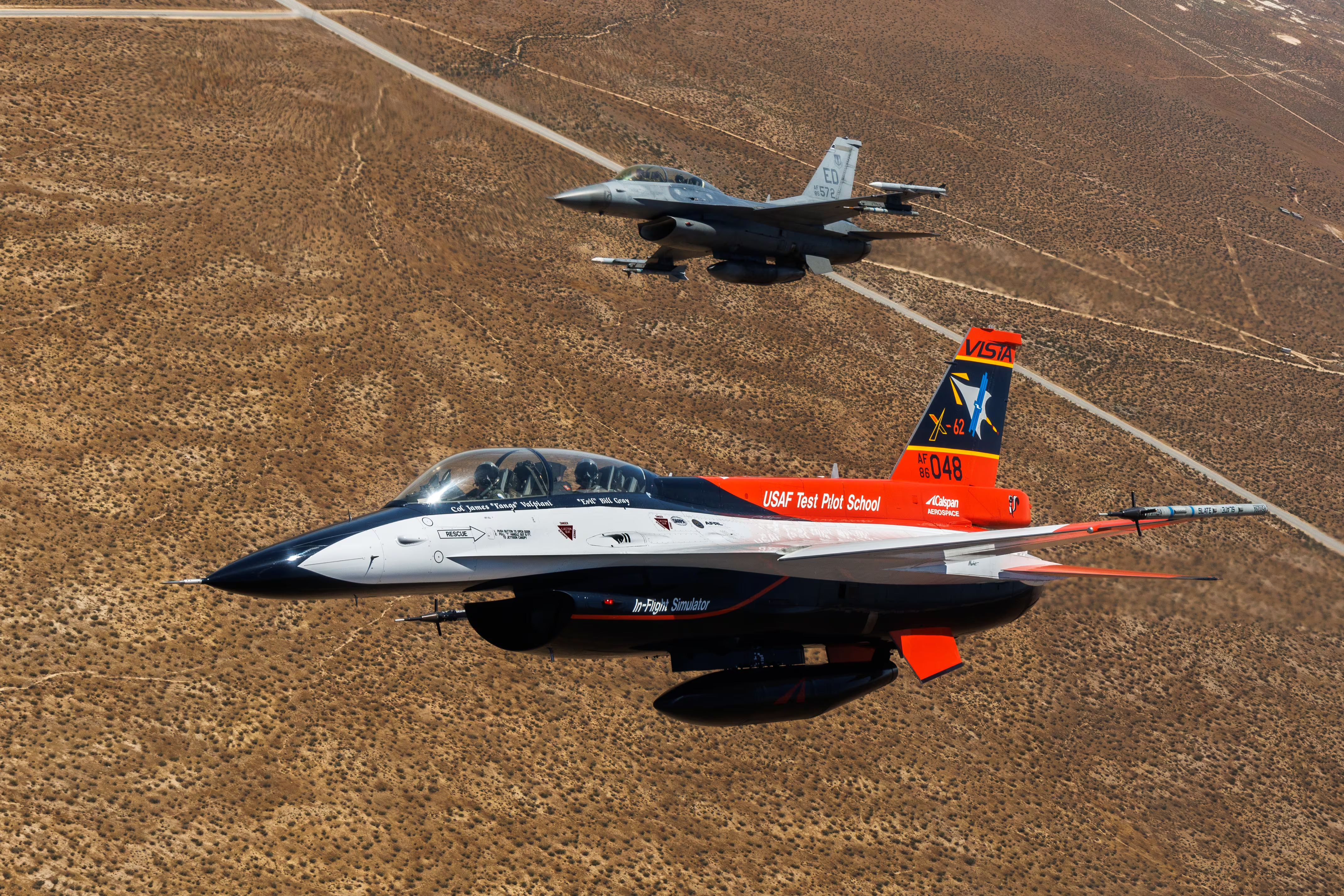WASHINGTON — The U.S. Army has demonstrated the ability to remotely control electronic warfare sensors through an over-the-air data link and feed the information back to a central battle management tool.
Previously, sensors were connected to the Electronic Warfare Planning and Management Tool. The tool — a command-and-control planning capability that allows forces to visualize the potential effects of electronic warfare in the field and chart courses of action to prevent jammed capabilities — was connected through a wired link.
During Cyber Quest 20 — a prototyping assessment of capability needs involving industry, which took place in September — Army officials tested new capabilities for the tool.
“Up until Cyber Quest 20, we had basically connected the senor with a wired link to Electronic Warfare Planning and Management Tool,” Col. Daniel Holland, Army capabilities manager for electronic warfare, told reporters in late September. “We successfully demonstrated the ability to pass data over a tactical radio network.”
Holland clarified to C4ISRNET that at last year’s Cyber Blitz, the service was able to share data over the air, but this year was the first time it remotely controlled a sensor with the EWPMT mission command software.
“The EWPMT control demonstration was the first time a remote sensor was tasked and re-tasked by EWPMT over the air across a tactical network,” Holland said.
This is important and significant, according to EWPMT vendor Raytheon, because electronic warfare officers often aren’t near the sensors they manage. To be effective, users must have the ability to remotely control and manage the sensors.
“Doing this over the air ensures rapid delivery of real-time information, even when sensors are far away, so that Commanders can have a better understanding of the spectrum and make fast and informed decisions,” the company said in an emailed statement to C4ISRNET.
Holland said this is a big deal, as it furthers a capability the service wants to deliver to the so-called brain of the Multidomain Task Force in the Pacific — the Intelligence, Information, Cyber, Electronic Warfare and Space (I2CEWS) detachment. The task force is one of the Army’s key priorities.
I2CEWS first received EWPMT last year during Cyber Blitz, an event focused on risk reduction for emerging technologies in the cyber and electromagnetic space. Cyber Blitz will now be transferred into something bigger.
During the event last year, the I2CEWS in the Pacific linked with forces in New Jersey to pass information back-and-forth using EWPMT. Holland told C4ISRNET that all echelons, to include I2CEWS, will soon standardize on the same EWPMT software for data sharing.
At Cyber Quest this year, the units that conducted the test included the 82nd Airborne Division and the 10th Mountain Division. Holland said I2CEWS didn’t directly participate, but the results are relevant to its operations.
Andrew Eversden contributed to this report.
Mark Pomerleau is a reporter for C4ISRNET, covering information warfare and cyberspace.








